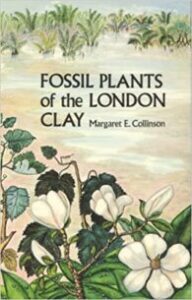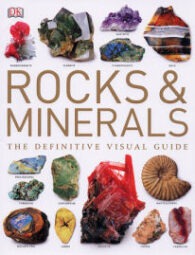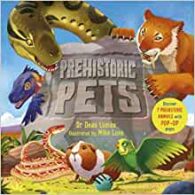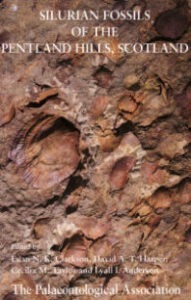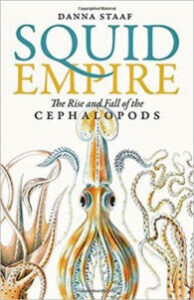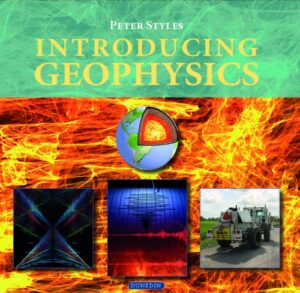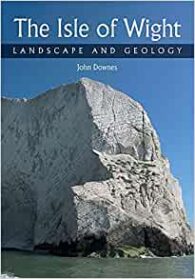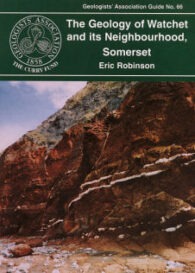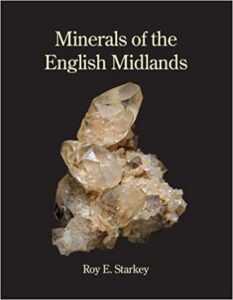The blurb for this book states that it will “profoundly affect the way paleontologists and climatologist view the lives of ancient mammals”. However, not being either a (professional) palaeontologist or climatologist,but having read it with interest, I am not sure that is correct. Anyone with an active interest in what the interactions of ancient mammals and their environments tell us about the presentand future will be interested in this well-written and engaging book.




